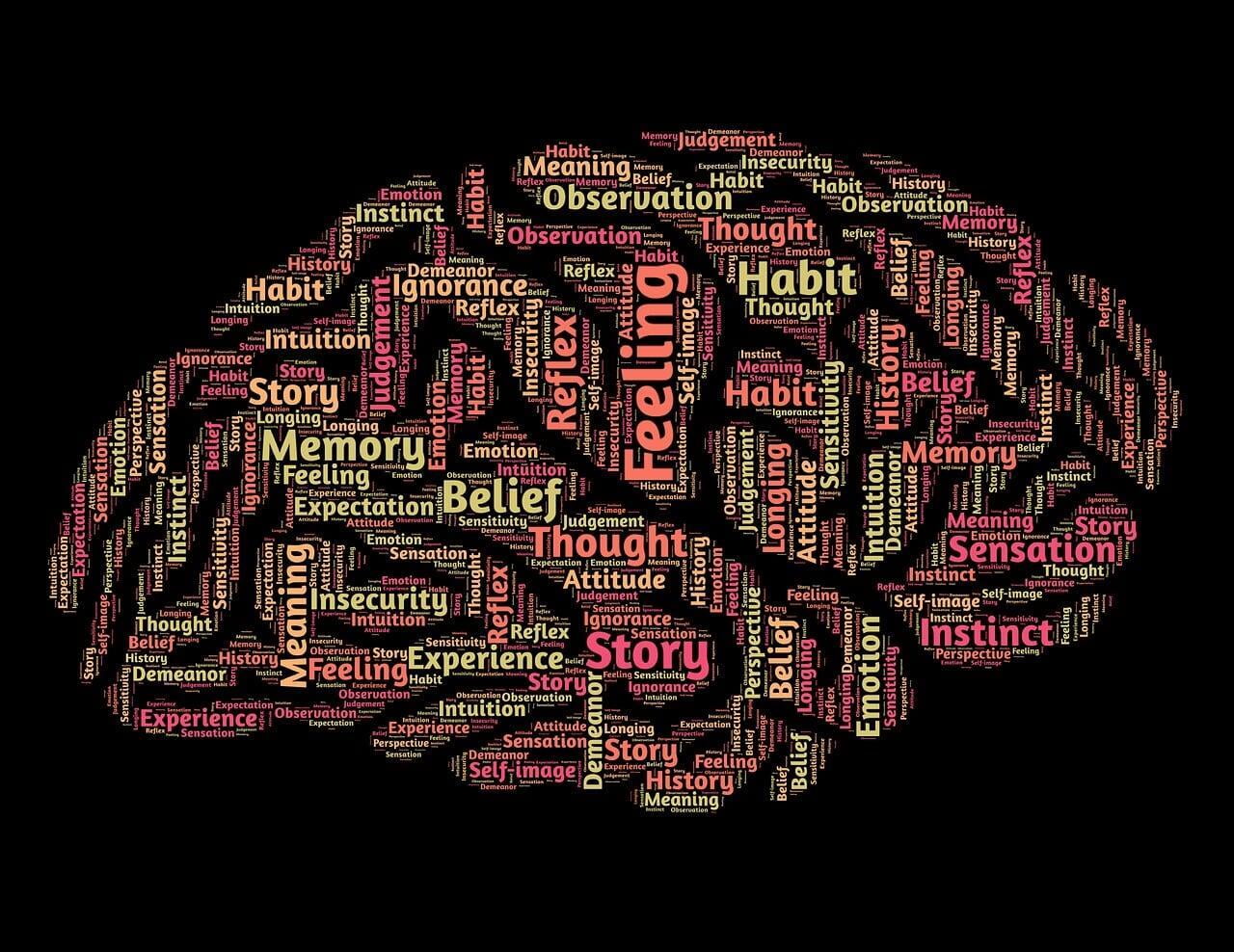
Welcome back to the “ABCs of Behavioral Biases.” Today, we’ll get started by introducing you to four self-inflicted biases that knock a number of investors off-course: anchoring, blind spot, and confirmation.
ANCHORING BIAS
What is it? Anchoring bias occurs when you fix on or “anchor” your decisions to a reference point, whether or not it’s a valid one.
When is it helpful? An anchor point can be helpful when it is relevant to living more efficiently. For example, in his book, “The Behavioral Investor,” Daniel Crosby describes: “When you meet someone new you begin forming opinions of them within seconds. These first impressions, or anchors, then set the guardrails within which future impressions tend to fall.” As long as your assumptions hold true, they can speed things along next time you encounter the same individual.
When is it harmful? In investing, people often anchor on the price they paid when deciding whether to sell or hold a security: “I paid $11/share for this stock and now it’s only worth $9/share. I’ll hold off selling it until I’ve broken even.”Evidence-based investing informs us, the best time to sell a holding is when it’s no longer serving your ideal portfolio, as prescribed by your investment plans. What you paid is irrelevant to that decision, so anchoring on that arbitrary point creates a dangerous distraction.
BLIND SPOT BIAS
What is it? Blind spot bias occurs when you can objectively assess others’ behavioral biases, but you cannot recognize your own.
When is it helpful? Blind spot bias helps you avoid over-analyzing your every imperfection, so you can get on with your one life to live. It helps you tell yourself, “I can do this,” even when others may have their doubts.
When is it harmful? It’s hard enough to root out all your deep-seated biases once you’re aware of them, let alone the ones you remain blind to. In “Thinking, Fast and Slow,” Nobel laureate Daniel Kahneman describes, “We are often confident even when we are wrong, and an objective observer is more likely to detect our errors than we are.” (Hint: This is where second opinions from an independent advisor can come in especially handy.)
CONFIRMATION BIAS
What is it? We humans love to be right and hate to be wrong. This manifests as confirmation bias, which tricks us into being extra sympathetic to information that supports our beliefs and especially suspicious of – or even entirely blind to – conflicting evidence.
When is it helpful? When it’s working in our favor, confirmation bias helps us build on past insights to more readily resolve new, similar challenges. Imagine if you otherwise had to approach each new piece of information with no opinion, mulling over every new idea from scratch. While you’d be incredibly open-minded, you’d also be excessively indecisive.
When is it harmful? Once we believe something – such as an investment is a good/bad idea, or a market is about to tank or soar – we want to keep believing it. To remain convinced, we’ll tune out news that contradicts our beliefs and tune into that which favors them. We’ll discount facts that would change our mind, find false affirmation in random coincidences, and justify fallacies and mistaken assumptions that we would otherwise recognize as inappropriate. And we’ll do all this without even knowing it’s happening. Even stock analysts can be influenced by this bias.
Sorry, there aren’t actually any for letters D and E. Ready to learn more, though? Next time, this series will continue through the alphabet starting with F, introducing a few more of the most suspect financial behavioral biases.
In the meantime, feel free to...
This content is developed from sources believed to be providing accurate information. The information in this material is not intended as investment, tax, or legal advice. It may not be used for the purpose of avoiding any federal tax penalties. Please consult legal or tax professionals for specific information regarding your individual situation. The opinions expressed and material provided are for general information, and should not be considered a solicitation for the purchase or sale of any security. Digital assets and cryptocurrencies are highly volatile and could present an increased risk to an investors portfolio. The future of digital assets and cryptocurrencies is uncertain and highly speculative and should be considered only by investors willing and able to take on the risk and potentially endure substantial loss. Nothing in this content is to be considered advice to purchase or invest in digital assets or cryptocurrencies.
Enjoying Escient Financial’s Insights?
The weekly newsletter is usually delivered to your email inbox Friday or Saturday, and includes:
- the latest Escient Financial Insights articles
- a brief of the week's important news regarding the markets
- recommended third-party reads
- selected Picture of the Week
Escient Financial does NOT sell subscriber information. Your name, email address, and phone number will be kept private.
















